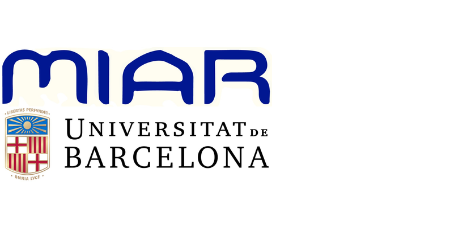PRODUÇÃO DE BIODIESEL A PARTIR DA REAÇÃO DE HIDROESTERIFICAÇÃO
DOI:
https://doi.org/10.46311/2178-2571.35.eURJ3522Palavras-chave:
Ácidos graxos livres, Biodisel, Esterificação, HidróliseResumo
Ésteres de ácidos graxos (Biodiesel) são comumente produzidos pela reação de transesterificação catalítica básica homogênea, cuja sensibilidade à presença de água e ácidos graxos livres (AGLs) na matéria-prima é um dos principais inconvenientes. A busca por processos de produção que permitem o uso de óleos vegetais com menor valor agregado é de interesse da indústria do biocombustível. Uma alternativa promissora é a hidroesterificação, cuja primeira etapa é a hidrólise de triacilgliceróis produzindo AGLs e glicerol, portanto, ao invés de diminuir a acidez da matéria-prima por meio do refino, a etapa de hidrólise aumenta propositalmente a sua acidez. Em seguida, o glicerol é removido e os AGLs são submetidos à reação de esterificação para produção dos ésteres de ácidos graxos e água como subproduto. Diante disso, neste trabalho é apresentada a revisão da literatura, com enfoque principal na produção de biodiesel a partir da hidroesterificação, bem como as matérias‑primas alternativas com potencial no mercado atual. Foi possível constatar que a hidroesterificação apresenta diversas vantagens em relação à reação convencional. Se realizada em condições de alta temperatura e pressão, pode reduzir as dificuldades associadas ao uso de catalisadores, tornando-se uma alternativa promissora a ser empregada como método de produção do biodiesel.
Downloads
Downloads
Publicado
Como Citar
Edição
Seção
Licença
Copyright (c) 2020 REVISTA UNINGÁ REVIEW

Este trabalho está licenciado sob uma licença Creative Commons Attribution 4.0 International License.
Declaro/amos que o texto ora submetido é original, de autoria própria e não infringe qualquer tipo de direitos de terceiros. O conteúdo é de minha/nossa total responsabilidade. Possíveis pesquisas envolvendo animais e/ou seres humanos estão de acordo com a Resolução 196/96 do Conselho Nacional de Saúde e seus complementos. Declaro/amos que estou/amos de posse do consentimento por escrito de pacientes e que a pesquisa e seus procedimentos foram oportunos e adequadamente aprovados pelo Comitê de Ética da instituição de origem. Declaramos ainda que todas as afiliações institucionais e todas as fontes de apoio financeiro ao trabalho estão devidamente informadas. Certifico/amos que não há nenhum interesse comercial ou associativo que represente conflito de interesse relacionado ao trabalho submetido. Havendo interesse comercial, além do técnico e acadêmico, na publicação do artigo a informação estará superficializada no texto do artigo.








































